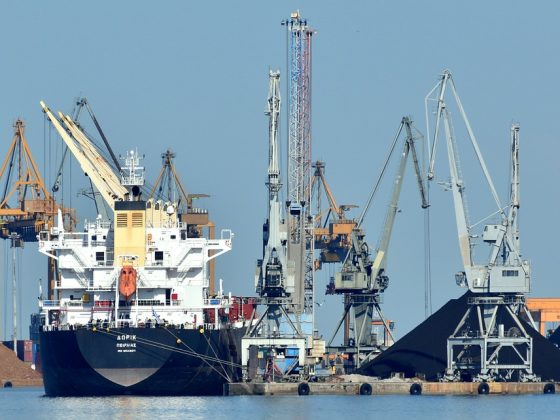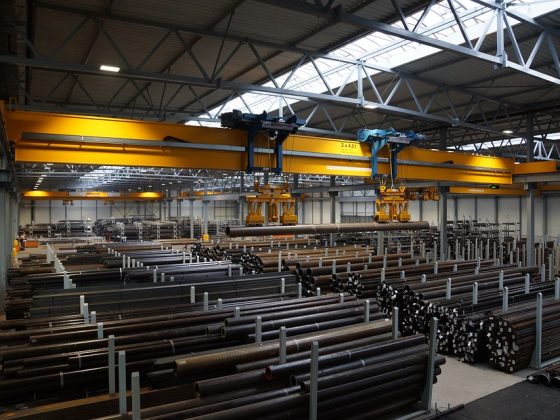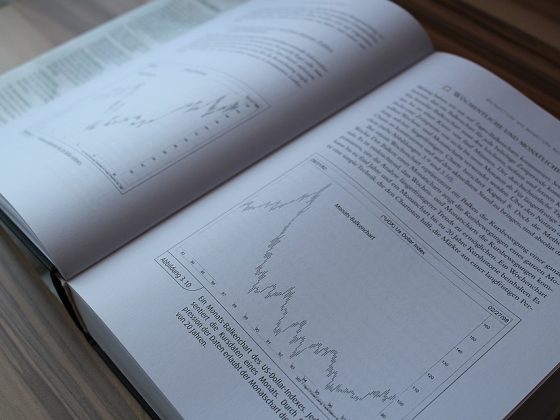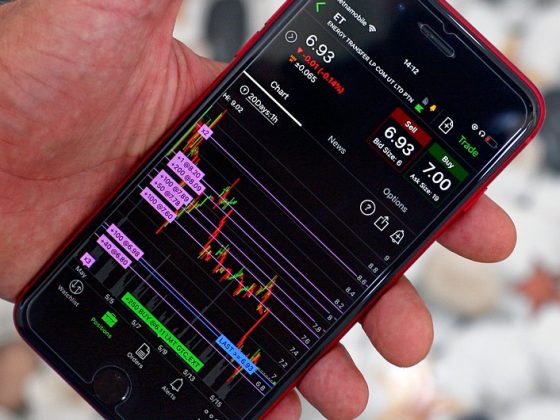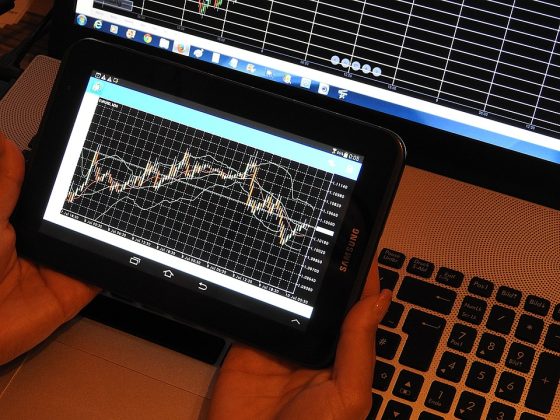The global economy is constantly changing, influenced by a myriad of factors including political events, technological advancements, and global trade agreements. As we look ahead to the coming year, it is important to consider trends and projections that will shape the economic landscape in 2022.
Global Economic Forecast for 2022
1. Strong economic recovery: After a challenging 2020 and 2021 due to the COVID-19 pandemic, the global economy is poised for a strong recovery in 2022. With the rollout of vaccines and gradual return to normalcy, many countries are expected to see a rebound in economic growth.
2. Inflation concerns: One of the key challenges facing the global economy in 2022 is the rise in inflation. Central banks around the world are closely monitoring inflation rates and may need to implement measures to control inflation if it continues to rise.
3. Supply chain disruptions: The pandemic highlighted the vulnerabilities in global supply chains, leading to disruptions in various industries. While efforts are being made to address these challenges, supply chain disruptions may continue to impact the global economy in 2022.
4. Digital transformation: The pandemic accelerated the pace of digital transformation across industries, with companies investing in technology to adapt to remote work and changing consumer behavior. In 2022, digital transformation is expected to continue to drive innovation and productivity gains.
5. Geopolitical risks: Geopolitical tensions, trade disputes, and political events can have a significant impact on the global economy. In 2022, it will be important to monitor geopolitical developments and their potential implications for economic growth.
6. Climate change concerns: Climate change is an increasing threat to the global economy, with extreme weather events and environmental challenges impacting businesses and communities. In 2022, there will be a greater focus on sustainability and efforts to mitigate the effects of climate change.
FAQs
Q: What are some key indicators to monitor for the global economic forecast in 2022?
A: Some key indicators to monitor include GDP growth rates, inflation rates, unemployment rates, consumer confidence, and global trade data. These indicators can provide insights into the health of the global economy and help forecast future trends.
Q: How will central banks respond to rising inflation in 2022?
A: Central banks may need to implement measures such as raising interest rates or adjusting monetary policy to control inflation. However, central banks will need to carefully balance these measures to support economic growth while also keeping inflation in check.
Q: How will the global economy be impacted by the ongoing COVID-19 pandemic in 2022?
A: The ongoing COVID-19 pandemic continues to pose risks to the global economy, including supply chain disruptions, labor shortages, and potential lockdowns. The extent of the impact will depend on the effectiveness of vaccine distribution, government policies, and global efforts to contain the virus.
Q: What role will digital transformation play in the global economic forecast for 2022?
A: Digital transformation is expected to play a significant role in driving innovation, productivity gains, and economic growth in 2022. Companies that invest in technology and adapt to changing consumer behavior are likely to be better positioned to succeed in the post-pandemic economy.
In conclusion, the global economic forecast for 2022 is characterized by strong economic recovery, inflation concerns, supply chain disruptions, digital transformation, geopolitical risks, and climate change concerns. By closely monitoring key indicators and trends, businesses and policymakers can better navigate the challenges and opportunities that lie ahead in the coming year.





